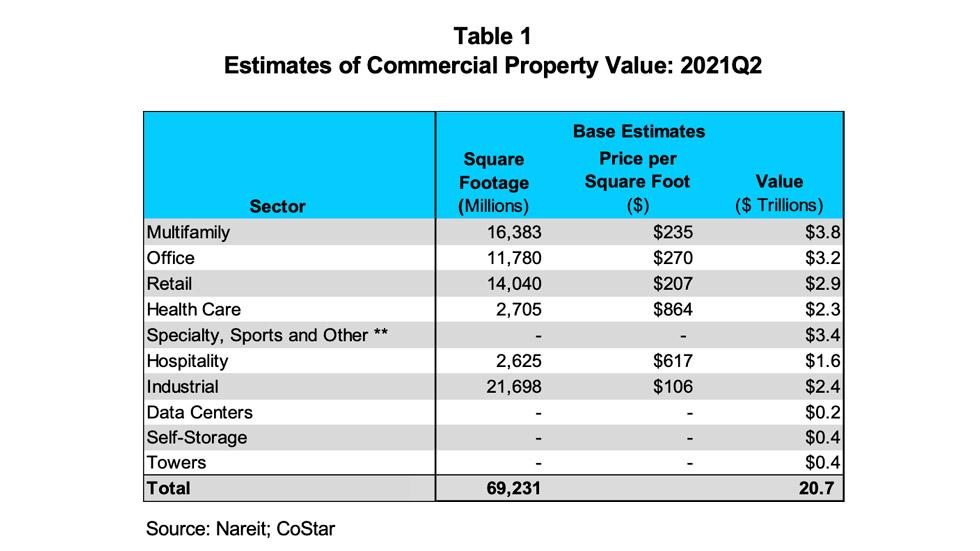
The Booming Landscape of USA Commercial Real Estate
The commercial real estate sector in the United States stands as a beacon of opportunity and dynamism. Let’s navigate through the trends, prospects, and the evolving landscape of this thriving industry.
Economic Drivers and Market Dynamics
The robust economic foundation of the United States has long been a catalyst for its commercial real estate market. Factors such as GDP growth, employment rates, and consumer confidence intricately influence the demand for various commercial properties, from office spaces to retail outlets and industrial facilities. Understanding these economic drivers is crucial in gauging the market’s potential and direction.
Shifts in Workplace Trends: Impact on Office Spaces
The pandemic-induced remote work culture has sparked a paradigm shift in office space dynamics. Hybrid work models and flexible arrangements have reshaped the traditional office landscape. Adaptability and the integration of technology to facilitate collaboration have become pivotal in the design and utilization of office spaces, influencing demand and investment strategies in commercial real estate.
Retail Revolution: E-commerce and Brick-and-Mortar Symbiosis
The rise of e-commerce has transformed the retail sector, altering the relationship between online and brick-and-mortar stores. Retailers now seek strategically located physical spaces that complement their digital presence, emphasizing experiences and convenience for customers. The convergence of online and offline retail necessitates a reimagining of retail real estate strategies.
Logistics and Industrial Development: Meeting Supply Chain Demands
The exponential growth of online shopping has accelerated the need for efficient logistics and industrial spaces. Warehousing and distribution centers play a pivotal role in fulfilling consumer demands, leading to increased investments in industrial real estate. Proximity to major transportation hubs becomes a crucial factor in optimizing supply chains, impacting the development of these properties.
Sustainability and Environmental Considerations
In recent years, sustainability has emerged as a significant consideration in commercial real estate. Green building certifications and environmentally friendly practices have gained traction, reflecting a growing emphasis on energy efficiency and eco-conscious construction. Investors and tenants alike are showing preference for properties that align with sustainability goals.
USA Commercial Real Estate embodies diverse opportunities and innovations. To explore more about the current trends and investment prospects, visit proyectonuevaera.com. This platform serves as a hub for insights and strategies shaping the landscape of commercial real estate, providing valuable resources for investors and industry enthusiasts.
Market Resilience and Investment Potential
Despite fluctuations and challenges, the resilience of the USA commercial real estate market remains evident. Strategic investments, whether in established metropolitan areas or emerging markets, continue to offer potential returns. Understanding market dynamics and foreseeing trends remain integral in capitalizing on these opportunities.
Regulatory Factors and Evolving Policies
Navigating the regulatory landscape is paramount in the commercial real estate sector. Keeping abreast of zoning laws, tax implications, and evolving policies is crucial for developers, investors, and property managers. Adapting to changing regulations can profoundly impact project feasibility and success.
Future Outlook: Embracing Technological Advancements
The future of commercial real estate lies in embracing technological advancements. Innovations such as augmented reality, artificial intelligence, and data analytics are reshaping the industry. From property management to tenant experiences, integrating technology enhances efficiency and augments the overall value of commercial properties.
Conclusion
The USA commercial real estate sector embodies a dynamic interplay of economic trends, technological advancements, and evolving consumer behaviors. Embracing innovation, understanding market dynamics, and integrating sustainability will continue to shape this vibrant sector, offering opportunities for growth and transformation.
